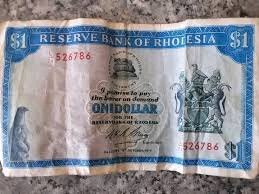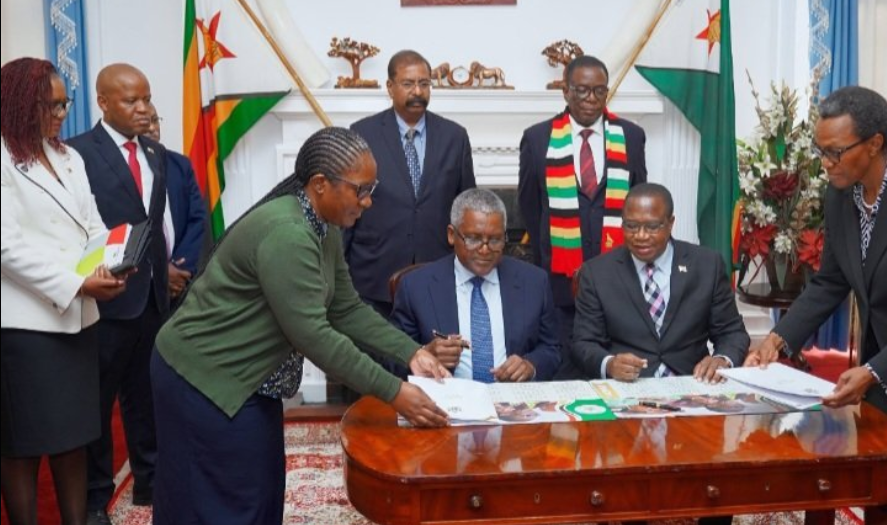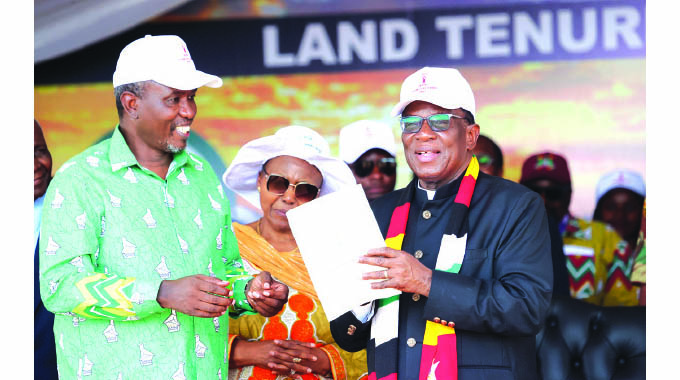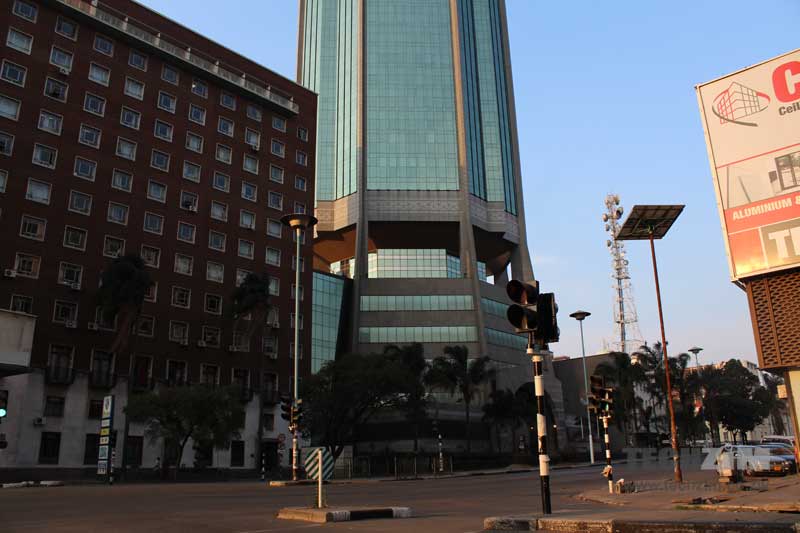The Ministry of Finance, Economic Development and Investment Promotion is under pressure to meet local currency obligations owed to platinum exporters, as a US$400 million Afreximbank loan weighs heavily on its coffers. The Reserve Bank of Zimbabwe (RBZ), meanwhile, has resisted calls to bankroll the government's shortfalls, setting the stage for a tense standoff between the two arms of economic policy.
Under the export retention scheme, miners must surrender 30% of their earnings in exchange for the gold-backed Zimbabwe Gold (ZiG). But since January, platinum group metals (PGM) producers—key contributors to the country's foreign currency inflows—have not received their local currency payouts, fuelling tensions with Treasury.
"The headache for the ministry are the terms of the Afreximbank loan, servicing that loan. This is putting a lot of pressure and delaying payments to platinum producers," a senior Treasury official admitted, while downplaying reports of a direct clash with the RBZ.
The 2023 Afreximbank loan, obtained to plug fiscal deficits and finance trade-related infrastructure, is being repaid partly through platinum revenues. Terms include a punishing 10,216% interest rate, a 2,75% arrangement fee, a 0,5% commitment fee and a 12,216% default rate, with no grace period—repayments will continue until 2029.
The facility has also locked 35% of Zimplats' export proceeds into RBZ-managed repayments, further straining fiscal space. Some token payouts were made in June, but exporters described them as "a drop in the ocean."
RBZ governor John Mushayavanhu has stood firm, insisting the bank will not return to quasi-fiscal activities that once fuelled hyperinflation.
"The central bank is no longer in the business of funding government expenditure or settling external arrears on behalf of Treasury. This issue of PGM payments has nothing to do with us—Treasury must deal with it," a senior RBZ insider said.
In written responses, Mushayavanhu stressed that exporters' 30% surrender obligations were being allocated transparently, with the RBZ settling its portion for foreign exchange interventions and reserve build-up, while Treasury's share goes towards debt servicing.
"The government has strived to provide the ZiG equivalent for the exports surrendered. Where cash flows are constrained, arrangements are negotiated with exporters," he said, adding that fiscal and monetary coordination remained key.
Zimbabwe exported over US$690 million worth of PGMs in the first half of 2025, according to the Minerals Marketing Corporation of Zimbabwe. But with external debt at US$12,7 billion and total public debt at US$21,5 billion, the country remains locked out of concessional funding, leaving mineral revenues as its lifeline.
Analysts warn that the standoff risks unsettling the mining industry, which contributes more than 70% of foreign currency earnings, and could undermine confidence in the ZiG if not resolved urgently.
Questions sent to the Ministry of Finance and Zimplats were not responded to by the time of publication.
- The Independent
 Zimbabwe launches new airline
Zimbabwe launches new airline  Hichilema meets Chivayo
Hichilema meets Chivayo  Millions celebrate Diwali festival in India
Millions celebrate Diwali festival in India  SA bitcoin firm mulls Zimbabwe listing
SA bitcoin firm mulls Zimbabwe listing  Gold edges up as traders await guidance
Gold edges up as traders await guidance  Airlink applies for Lanseria to Harare, Bulawayo route
Airlink applies for Lanseria to Harare, Bulawayo route  Young Investment Professional (YIP) Graduate Programme 2019
Young Investment Professional (YIP) Graduate Programme 2019 











 Young Investment Professional (YIP) Graduate Programme 2019
Young Investment Professional (YIP) Graduate Programme 2019
Editor's Pick